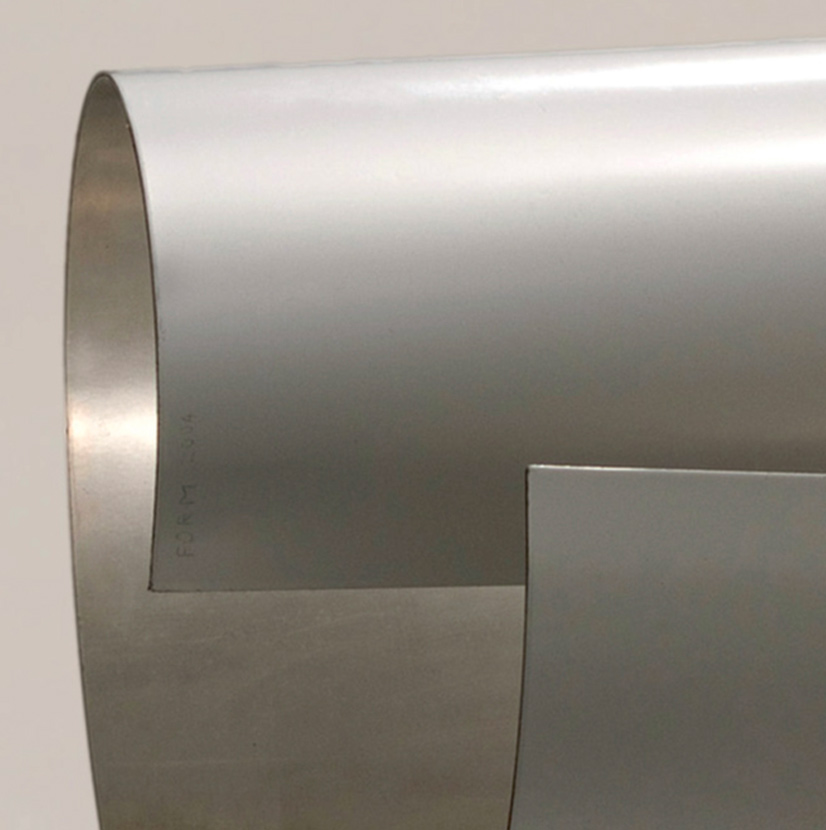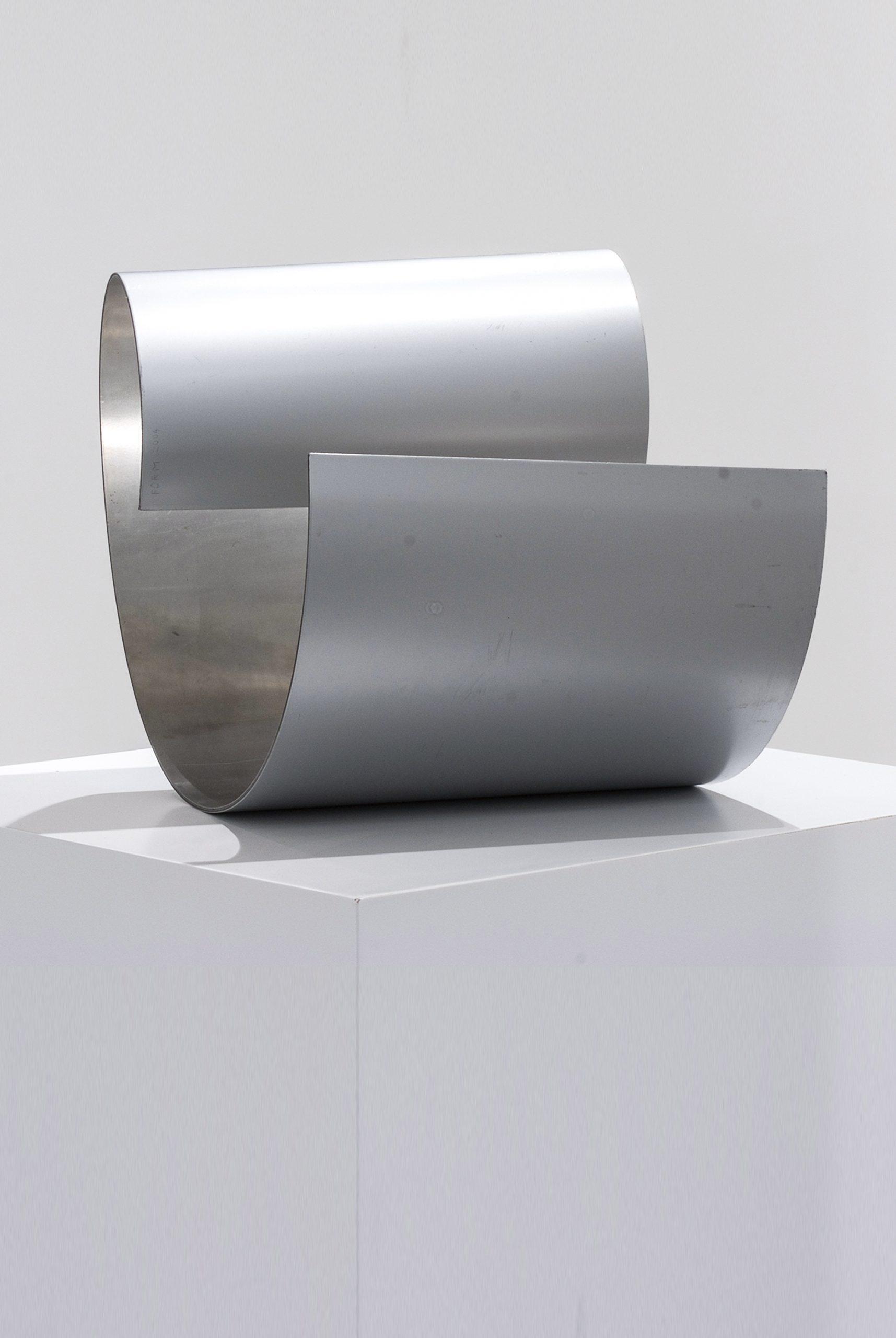THE COMEL AWARD FINALISTS 2012
Emilia Isabella
Latina – ITALY

THE COMEL AWARD FINALISTS 2012
Emilia Isabella
Latina - ITALY
BIOGRAPHICAL NOTES
Born in the province of Latina, she graduated in piano from the Santa Cecilia Conservatory (Rome). She pursued courses in composition and direction of polyphonic music. She devoted herself to painting and began exhibiting her works in 1958. She participated in national and international competitions. From 1976, she also delved into sculpture (using marbles, travertines, lava stones, and iron). She works in the countryside of Sermoneta. Her work has been the subject of study and appreciation by Marcella Cossu, Nello Ponente, Marco Valsecchi, and Marcello Venturoli. Several art critics have written about her, including G. Agnisola, M. Campanelli, C. F. Carli, R. Gabriele, G. Gigliotti, B. Martusciello, R. Pinto, V. Scozzarella, S. Sfrecola, and L. Turco Liveri.
ARTWORK IN CONTEST

SPIRALE (2010)
SCULTURA - aluminium
cm 52x46x46
Emilia Isabella employs deductive methods to study the intrinsic as well as distinctive properties of the materials she confronts, transforming them into abstract, geometric, and mathematical entities that retain only the essential minimum of the original object. This is why her works become a concentration of energy, catalytic poles of invisible, crystal-clear forces that cut through space in all directions. Isabella's process is liberating, offering the materials the possibility to be nothing but themselves. It is akin to removing a mask, an invitation to undress, to shed the superfluous—a process that carries a Franciscan spirituality, evoking the gesture of Saint Francis of Assisi renouncing before a disbelieving community.
Emilia does not reconstruct but rather accommodates; she does not create but unveils; she does not narrate but makes reality clear and visible, stripping it of unnecessary decorative ornaments and exposing its most immanent authenticity. Paradoxically, in this process of tautological declaration, the authentic essence emerges, coinciding with the supernatural one, where marble is marble to the nth power, glass is glass to the nth power, aluminum is aluminum to the nth power. In this peculiar epistemological accreditation, it is not the artist who sublimates, but the material that self-sublimates: it is a process of self-revelation, inner unveiling that remarkably aligns with the external revelation.
Aluminum is aluminum—shiny, malleable, flexible; try to bend a sheet of iron in the same way and see what happens. Try to do it with marble, wood, plastic, glass, and observe how the material self-discloses its authentic essence, sincerity, fullness, distinctiveness, and uniqueness—its very personal inequality that becomes a value, not a flaw; a quality, not a defect. Now, more than ever, we need someone to remind us of this.
AWARDS
COMEL AWARD FINALIST 2012

